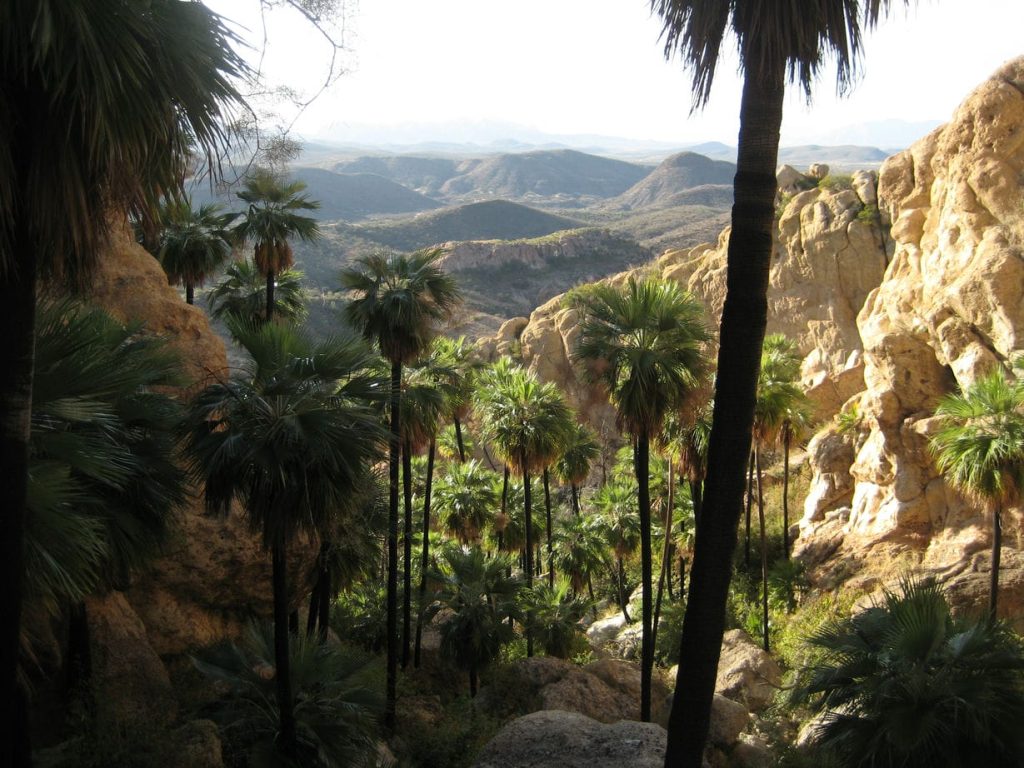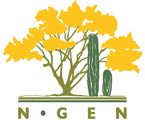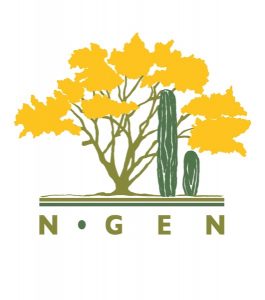
Title: Desert Oasis Science and Conservation
Convener: Rafael Routson
Participants: Carmen Gutierez, Manuel Salvador Galiindo, Exequiel Ezcurra, Angelina Martinez, Rodrigo Medellin, Adrian Munguia, Jesus Garcia, Lucero Radonic, Barbara Larrain, Elizabet Wehncke, Arturo Ramirez, Bill Broyle, Sula Vanderplank, Richard Felger, Karina de Carmen, Ivonne Giffard , Tom Bowen, Scott Warren, Chris DiVittorio, Seth Munson, Daniel Stolte, Osvel Hinojosa, Carlos Figueroa, Dolby Greer, Scott Bennett, Eugenio Larios, Nemer Narchi, Blanca Romero, Ben Wilder, Rodrigo Rentería
Discussion:
We began with a series of questions that participants had about oases, posed to the group to be answered in turn or to lead to further research:
• How are tinajas biologically connected, and when they go dry, how are they?
• Why is there no human evidence around many of the tinajas, especially those long-lived tinajas at Angel de la Guarda?
• How do we protect groundwater flows to support oasis springs?
• What are the hydrological dynamics of oases?
• ¿Como conservan los flujos del agua subteranea?
• How do we protect these spaces that are small in area and large in importance?
• ¿Que tipo de oasis son más vulnerables?
• ¿Como van a afectar los oasis los cambios climáticos?
• ¿Como están los aquíferos de la peninsula? ¿ Cuanta agua entra y sale?
• What has been the impact of the militarization of the border on oases?
• How do we engage students, scientists, and citizens? • How are the ground and surface waters connected?
• What are the most effective methods for oasis conservation and at what scale?
Comments:
• We need to remember that oases exist at different scales, from the sources of water inside cacti to the large freshwater lagoons of the peninsula.
• They are also cultural landscapes as much as they are biological landscapes—even of the tinajas have been created by humans.
• There was a proposal to UNESCO to make a World Heritage Site of all of the peninsular oases, as landscapes transformed by humans for long time periods and allow for the long-term coexistence of humans.
• Oases also serve as wildlife habitat, and planning and management strategies are to consider– Hay muchos animales que son adaptadas a paisajes humanos,como la ardilla negra
• Mucha economía depende de los oasis
• Ahora la extracción de agua tiene un impacto en los oasis
• Potencial de reusa o reinyección de agua
• Hay 4 ecosistemas que sustentan la mayoria de la vida en la peninsula—alta montaña, oasis, manglares-estuaries, esteros-costeras. También hay oasis en el golfo, “mounts” islas bajo el agua.
• Use of technology to promote water efficiency
• Careful long-term management (photo comparison)
• Some of the oases in Sonora are being managed for illegal drug production
• Tourism and its impacts on oases
• These spaces are not at the top of the priority list, and they should be—we might soon be fighting over water
• Oasis as resilient spaces
• Scientists such as Jorge Ramírez, Karl Flessa and Walter Daessle are studying the aquifers of the peninsula.
• Need to develop local management strategies, governance at different scales.
• Long term studies of adaptation
• The need to develop sustainable, grassroots organizations around these oases.
• The disconnect between the natural resource and the minds of the people—drillingpractices far from the oasis can affect spring flow.
• Small mountain oases might be sustainable in the long-term because they have been cultivated for hundreds of years and have still retained much of original character.
• These sites provide environmental services.
• People in the cities depend on these small communities in many ways.
• The need to collaborate with decision makers and groups that are already working in the oases.


